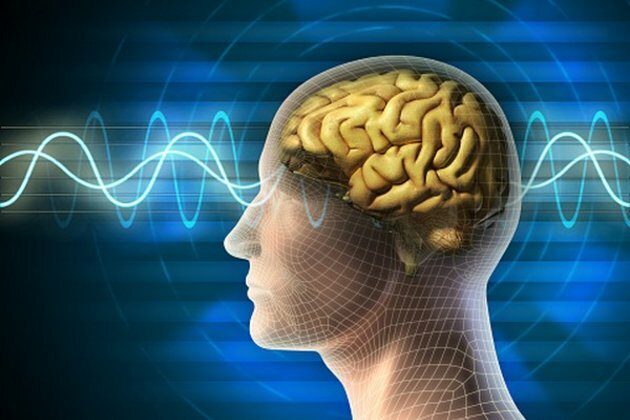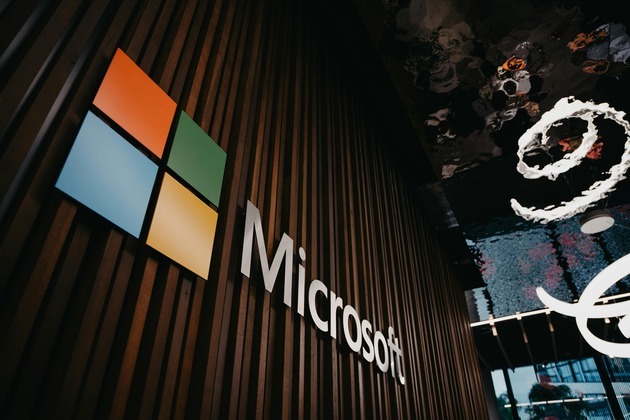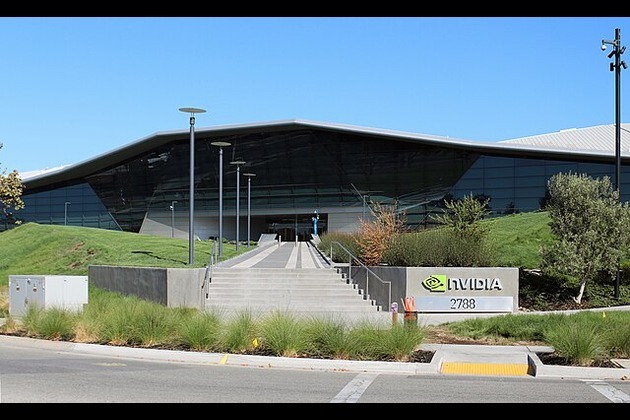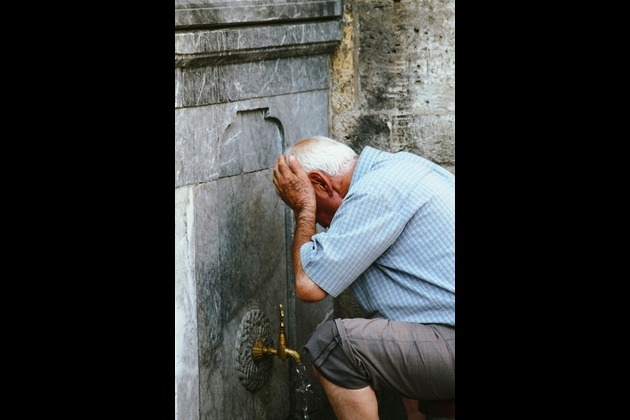New neuroimaging technique studies brain stimulation
ANI
04 May 2021, 23:49 GMT+10

Washington [US], May 4 (ANI): A recent first-in-human study of diffuse optical tomography during rTMS suggested treatment target or parameters may need adjustment to benefit more patients with severe depression.
The study was published in the journal Scientific Reports. Repetitive transcranial magnetic stimulation, or rTMS, was FDA approved in 2008 as a safe and effective non-invasive treatment for severe depression resistant to antidepressant medications.
A small coil positioned near the scalp generates repetitive, pulsed magnetic waves that pass through the skull and stimulate brain cells to relieve symptoms of depression. The procedure has few side effects and is typically prescribed as an alternative or supplemental therapy when multiple antidepressant medications and/or psychotherapy do not work.
Despite the increased use of rTMS in psychiatry, the rates at which patients respond to therapy and experience remission of often-disabling symptoms have been modest at best.
Now, for the first time, a team of University of South Florida psychiatrists and biomedical engineers applied an emerging functional neuroimaging technology, known as diffuse optical tomography (DOT), to better understand how rTMS works so they can begin to improve the technique's effectiveness in treating depression. DOT uses near-infrared light waves and sophisticated algorithms (computer instructions) to produce three-dimensional images of soft tissue, including brain tissue.
Comparing depressed and healthy individuals, the USF researchers demonstrated that this newer optical imaging technique can safely and reliably measure changes in brain activity induced during rTMS in a targeted region of the brain implicated in mood regulation. Their findings were published April 1 in the Nature journal Scientific Reports.
"This study is a good example of how collaboration between disciplines can advance our overall understanding of how a treatment like TMS works," said study lead author Shixie Jiang, MD, a third-year psychiatry resident at the USF Health Morsani College of Medicine. "We want to use what we learned from the application of the diffuse optical tomography device to optimize TMS so that the treatments become more personalized and lead to more remission of depression."DOT has been used clinically for imaging epilepsy, breast cancer, and osteoarthritis and to visualize activation of cortical brain regions, but the USF team is the first to introduce the technology to psychiatry to study brain stimulation with TMS.
"Diffuse optical tomography is really the only modality that can image brain function at the same time that TMS is administered," said study principal investigator Huabei Jiang, PhD, a professor in the Department of Medical Engineering and father of Shixie Jiang. The DOT imaging system used for USF's collaborative study was custom built in his laboratory at the USF College of Engineering.
The researchers point to three main reasons why TMS likely has not lived up to its full potential in treating major depression: nonoptimized brain stimulation targeting; unclear treatment parameters (i.e., rTMS dose, magnetic pulse patterns and frequencies, rest periods between stimulation intervals), and incomplete knowledge of how nerve cells in the brain respond physiologically to the procedure.
Portable, less expensive, and less confining than some other neuroimaging equipment like MRIs, DOT still renders relatively high-resolution, localized 3D images. More importantly, Dr. Huabei Jiang said, DOT can be used during TMS without interfering with the treatment's magnetic pulses and without compromising the images and other data generated.
DOT relies on the fact that higher levels of oxygenated blood correlate with more brain activity and increased cerebral blood flow, and lower levels indicate less activity and blood flow. Certain neuroimaging studies have also revealed that depressed people display abnormally low brain activity in the prefrontal cortex, a brain region associated with emotional responses and mood regulation.
By measuring changes in near-infrared light, DOT detects changes in brain activity and, secondarily, changes in blood volume (flow) that might be triggering activation in the prefrontal cortex. In particular, the device can monitor altered levels of oxygenated, deoxygenated, and total hemoglobin, a protein in red blood cells carrying oxygen to tissues.
The USF study analyzed data collected from 13 adults (7 depressed and 6 healthy controls) who underwent DOT imaging simultaneously with rTMS at the USF Health outpatient psychiatry clinic. Applying the standard rTMS protocol, the treatment was aimed at the brain's left dorsolateral prefrontal cortex - the region most targeted for depression.
The researchers found that the depressed patients had significantly less brain activation in response to rTMS than the healthy study participants. Furthermore, peak brain activation took longer to reach in the depressed group, compared to the healthy control group.
This delayed, less robust activation suggests that rTMS as currently administered under FDA guidelines may not be adequate for some patients with severe depression, Dr. Shixie Jiang said. The dose and timing of treatment may need to be adjusted for patients who exhibit weakened responses to brain stimulation at baseline (initial treatment), he added.
Larger clinical trials are needed to validate the USF preliminary study results, as well as to develop ideal treatment parameters and identify other dysfunctional regions in the depression-affected brain that may benefit from targeted stimulation.
"More work is needed," Dr. Shixie Jiang said, "but advances in neuroimaging with new approaches like diffuse optical tomography hold great promise for helping us improve rTMS and depression outcomes." (ANI) Share
Share
 Tweet
Tweet
 Share
Share
 Flip
Flip
 Email
Email
Watch latest videos
Subscribe and Follow
Get a daily dose of Miami Mirror news through our daily email, its complimentary and keeps you fully up to date with world and business news as well.
News RELEASES
Publish news of your business, community or sports group, personnel appointments, major event and more by submitting a news release to Miami Mirror.
More InformationBusiness
SectionEngine defect prompts Nissan to recall over 443,000 vehicles
FRANKLIN, Tennessee: Hundreds of thousands of Nissan and Infiniti vehicles are being recalled across the United States due to a potential...
Microsoft trims jobs to manage soaring AI infrastructure costs
REDMOND, Washington: Microsoft is the latest tech giant to announce significant job cuts, as the financial strain of building next-generation...
Stocks worldwide struggle to make ground Friday with Wall Street closed
LONDON UK - U.S. stock markets were closed on Friday for Independence Day. Global Forex Markets Wrap Up Friday with Greeback Comeback...
Nvidia briefly tops Apple’s record in AI-fueled stock rally
SANTA CLARA, California: Nvidia came within a whisker of making financial history on July 3, briefly surpassing Apple's all-time market...
ICE raids leave crops rotting in California, farmers fear collapse
SACRAMENTO, California: California's multibillion-dollar farms are facing a growing crisis—not from drought or pests, but from a sudden...
Trump signals progress on India Trade, criticizes Japan stance
WASHINGTON, D.C.: President Donald Trump says the United States could soon reach a trade deal with India. He believes this deal would...
International
SectionTragedy in Spain: Diogo Jota and his brother die in car accident
MADRID, Spain: Liverpool footballer Diogo Jota and his younger brother, André Silva, have died in a car accident in Spain. Spanish...
Early heatwave grips Europe, leaving 8 dead and nations on alert
LONDON, U.K.: An unrelenting heatwave sweeping across Europe has pushed early summer temperatures to historic highs, triggering deadly...
U.S. military, China, Russia in Space race
President Donald Trump's plans to build a space-based Golden Dome missile defense shield have drawn immediate criticism from China,...
Trump wins $16 million settlement from Paramount over CBS Harris edit
NEW YORK CITY, New York: Paramount has agreed to pay US$16 million to settle a lawsuit brought by U.S. President Donald Trump over...
British PM faces major party revolt over welfare reforms
LONDON, U.K.: British Prime Minister Keir Starmer won a vote in Parliament this week to move ahead with changes to the country's welfare...
White House meeting between Trump, Netanyahu on July 7
WASHINGTON, D.C.: President Donald Trump will meet Israeli Prime Minister Benjamin Netanyahu at the White House on Monday. President...













